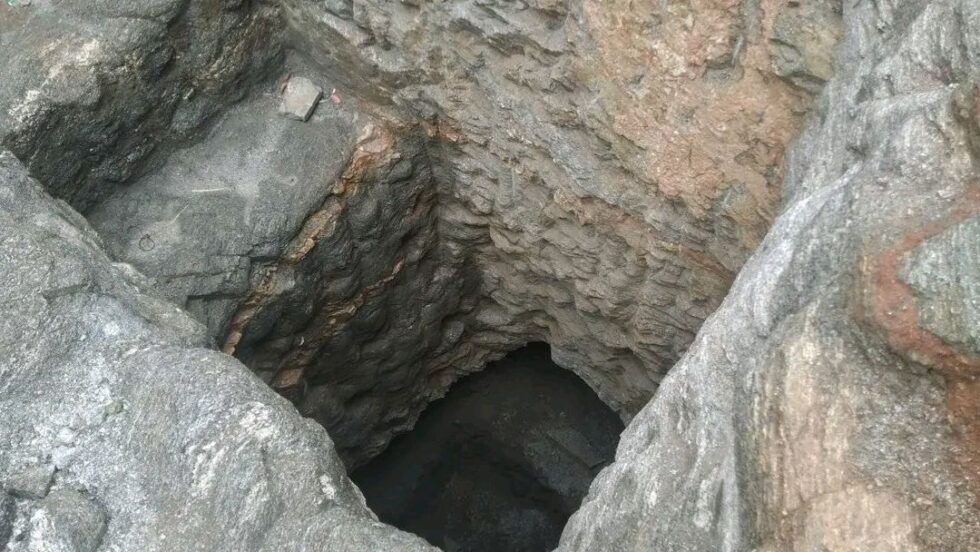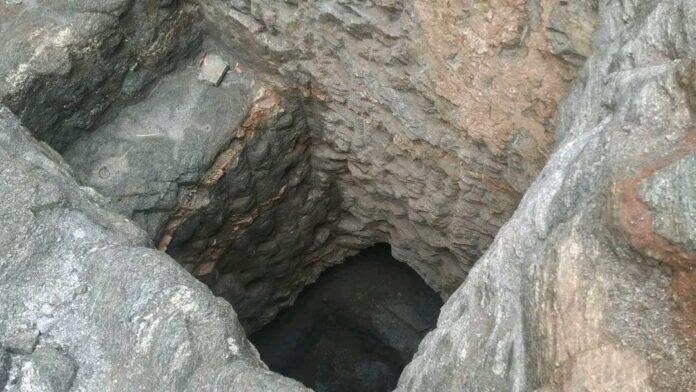By Chisomo Phiri
Illegal mining continues to pose a serious threat to lives and the environment in Malawi. Unregulated pits and tunnels, often dug without proper safety measures, have led to multiple accidents, injuries, and fatalities in recent years.
Authorities warn that illegal mining sites are prone to collapses, flooding, and exposure to hazardous chemicals, making them extremely dangerous for workers and nearby communities.
Despite the risks, many people continue to engage in these activities due to unemployment and poverty.
A Deadly Collapse in Kasungu
On September 30, 2025, an open-pit gold mine in Kasalika Village, Sub Traditional Authority (Sub T/A) Suza, in Kasungu District, collapsed. The tragedy killed eight people including women and left five others injured.
According to eyewitnesses, a drilling machine was being used late at night, and its strong vibrations caused the wall of one trench about 15 feet high —to cave in.
Kasungu Police Officer-in-Charge(OC) Obrey Nyirenda called the site a death trap warning that the combination of deep trenches and unstable soil made it extremely hazardous.
Kasungu District Commissioner(DC) James Kanyangalazi described the incident as heartbreakingand said local authorities had alerted central government agencies, including the Department of Disaster Management, to provide urgent assistance.

Experts Call for Urgent Reform
In the wake of the Kasungu disaster, mining experts and civil society groups renewed their calls for the formalization of Malawi’s small-scale mining sector.
Prominent mining expert, Grain Malunga,said that most illegal miners lack the tools, training, and technical support needed to operate safely.
Kennedy Rashid, coordinator for the Natural Resources Justice Network (NRJN), argued that formalization would not only improve safety, but also help the government better regulate the sector and derive revenue.
A Pattern Across the Country
This is not the first time that informal operations have turned fatal.
Years earlier, three women died at an alluvial mining site along the Nanthenje River, buried alive when a riverbank collapsed during panning activities.
Mining and Trade Review, in a field report, said that as many as 3,000 men, women, and children were working in that area,many hauling soil by head, in extreme conditions.
Moreover, a report focused on Nathenje, Lilongwe, highlighted the proliferation of heavy machinery, such as generators and stone mills, in informal mining camps.
These machines, often smuggled in from other countries, significantly raise the risk of severe accidents.
Historic Incidents Show the High Stakes
Illegal mining deaths in Malawi are not limited to recent years.
In 2019, a 34-year-old man named Maxwell Kaomba died in an illegal gold mine near the Kasama River after a rock fell on him.
In another case, a 37-year-old miner was killed at Jalawe Coal Mine in Rumphi when a large stone struck him.
How the Danger Compares Globally
While Malawi grapples with this crisis, similar patterns are emerging elsewhere. In Zimbabwe, six illegal miners died in July 2025 when a hoist failed at the abandoned Mazowe Mine, sending them plunging 45 meters down a shaft. Their deaths echo the high-risk nature of illegal mining across the region.
Why It Keeps Happening
Analysts point to several root causes. Poverty and limited alternatives drive many miners to informal mining because agriculture and other income sources are insufficient. Many miners operate without training, relying on dangerous practices and rudimentary equipment. Regulatory gaps leave local authorities struggling to monitor remote mining sites, while unsafe infrastructure exposes workers to collapsing pits and unstable ground.
What Needs to Be Done
Experts and civil society are calling for reform. They argue that small-scale mining should be formalized, with legal frameworks, licensing, and technical training to allow miners to operate safely and contribute to government revenues.
Decentralizing oversight by empowering local governments to monitor community-based mining activities is also essential. Safety protocols, such as stabilized pit walls, safe machinery, and regulated working hours, need enforcement. Additionally, raising awareness among miners and communities about the risks, while providing alternative livelihood programs, is critical.
Conclusion
The Kasungu tragedy is only a flashpoint in a much deeper crisis. As long as illegal mining remains unregulated, lives will continue to be lost. Reform is not just necessary,it is urgent.




